Intended Use
M-Endo Broth (DM420) is recommended for estimation of coliforms in water samples using MF technique.
Product Summary and Explanation
Bacteria can be removed from fluids by passing them through filters with very small pore size so that bacteria are arrested on the filters. This filtration technique enables fairly large volumes of water to pass rapidly under pressure, but prevents the passage of any bacteria present. The surface of the membrane retains these nutrients which are then brought into contact with suitable liquid nutrients. These diffuse upwards through the pores thereby inducing the organisms to grow as surface colonies which can be counted.(1)
M Endo Broth is prepared according to the formulation of the Millipore Corporation for selectively isolating coliform bacteria from water and other specimens using the membrane filtration technique. M-Endo Broth was used for studying milk lines of milk handling equipment(2) and for examination of swimming pool waters(3) using membrane filter technique. This medium gives higher counts and is most satisfactory of the many media used, since coliform colonies develop rapidly,(4) preliminary enrichment and saturated relative humidity are not necessary and results are in good agreement with the Standard Methods MPN Test. The American Public Health Association specifies using m Endo Agar LES in the standard total coliform membrane filtration procedure for testing drinking water and bottled water.(5,6)
Principles of the Procedure
M-Endo Broth contains peptic digest of animal tissue which provides essential nutrients especially nitrogenous for the coliforms. Yeast extract supplies B-complex vitamins, which stimulate bacterial growth. Lactose is the fermentable carbohydrate. Sodium sulphite and basic fuchsin inhibit the growth of gram-positive organisms. Phosphates buffer the medium. Sodium chloride maintains the osmotic balance of the medium. Lactose-fermenting bacteria produce acetaldehyde that reacts with the sodium sulfite and fuchsin to form red colonies. The development of a metallic sheen occurs when the organism produces aldehydes with the rapid fermentation of lactose. If the inoculum is too heavy, the sheen will be suppressed. Lactose-nonfermenting bacteria form clear, colorless colonies.
Formula / Liter
| Ingredients | : Gms / Liter |
| Peptic digest of animal tissue | : 20.00 |
| Yeast extract | : 6.00 |
| Lactose | : 25.00 |
| Dipotassium phosphate | : 7.00 |
| Basic fuchsin | : 1.00 |
| Sodium sulphite | : 2.50 |
| Final pH: 7.5 ± 0.2 at 25°C | |
| Formula may be adjusted and/or supplemented as required to meet performance specifications | |
Precautions
1. For Laboratory Use only.
2. IRRITANT. Irritating to eyes, respiratory system, and skin.
3. Basic fuchsin is a potential carcinogen and care must be taken to avoid inhalation and contamination of the skin.
Directions
1. Suspend 61.5 grams in 1000 ml distilled water.
2. Heat if necessary to dissolve the medium completely.
3. Autoclave at 121°C, 15 psi pressure, for 5 minutes / validated cycle.
4. Cool and use as required in membrane filtration technique.
5. The medium should be used on the same day of its rehydration.
Quality Control Specifications
| Dehydrated Appearance | : Light pink to purple homogeneous free flowing powder |
| Prepared Medium | : Pinkish orange coloured opalescent solution in tubes |
| Reaction of 6.15% Solution | : pH: 7.5 ± 0.2 at 25°C |
| Gel Strength | : Not Applicable |
Expected Cultural Response: Cultural characteristics observed after an incubation at 35-37°C for 18-48 hours.
| Sr. No. |
Organisms | Results to be achieved | ||
| Inoculum (CFU) |
Growth | Colour of colony (on membrane filter) |
||
| 1. | Escherichia coli ATCC 25922 | 50-100 | good-luxuriant | pink with metallic sheen |
| 2. | Enterobacter aerogenes ATCC 13048 | 50-100 | good-luxuriant | pink to red (may have sheen) |
| 3. | Salmonella Typhi ATCC 6539 | 50-100 | good-luxuriant | colourless to very light pink |
| 4. | Staphylococcus aureus ATCC 25923 | >103 | inhibited | — |
| 5. | Klebsiella pneumoniae ATCC 13883 | 50-100 | good-luxuriant | pink to red |
| 6. | Salmonella Typhimurium ATCC 14028 | 50-100 | good-luxuriant | colourless to very light pink |
The organisms listed are the minimum that should be used for quality control testing.
Test Procedure
Refer to appropriate references for standard test procedures.
1. Place a membrane filter absorbent pad inside a sterile 60 mm Petri dish.
2. Add 1.8-2.0 mL m Endo Broth MF to each pad.
3. Filter the water sample through a membrane filter.
4. Place filter top side up on the pad using a rolling motion to avoid entrapping air bubbles.
5. Invert the dish and incubate for 22-24 hours at 35 ± 0.5°C.
6. Observe and count all colonies that are red and have a metallic sheen.
Results
1. Presumptive coliforms produce pink colonies with green metallic sheen within 24 hours of incubation.
2. Coliform density calculation : Note the coliform density in terms of total coliforms/100 ml. Extrapolate the count using membrane filters with 20-80 coliform colonies but not more than 200 of all types per membrane.
3. The formula for calculating the count is as follows:
Total coliform colonies/100 ml = coliform colonies /ml of sample filtered x 100
Storage
Store the sealed bottle containing the dehydrated medium at 10 – 30°C. Once opened and recapped, place container in a low humidity environment at the same storage temperature. Protect from moisture and light.
Expiration
Refer to the expiration date stamped on the container. The dehydrated medium should be discarded if not free flowing, or if the appearance has changed from the original color. Expiry applies to medium in its intact container when stored as directed.
Limitations of the Procedure
1. Occasionally, noncoliform organisms may produce typical sheen colonies. Coliform organisms may also occasionally produce atypical colonies (dark red or nucleated colonies without sheen). It is advisable to verify both colony types.
2. For identification, organisms must be in pure culture. Morphological, biochemical and/or serological tests should be performed for final identification.
3. Consult appropriate texts for detailed information and recommended procedures.

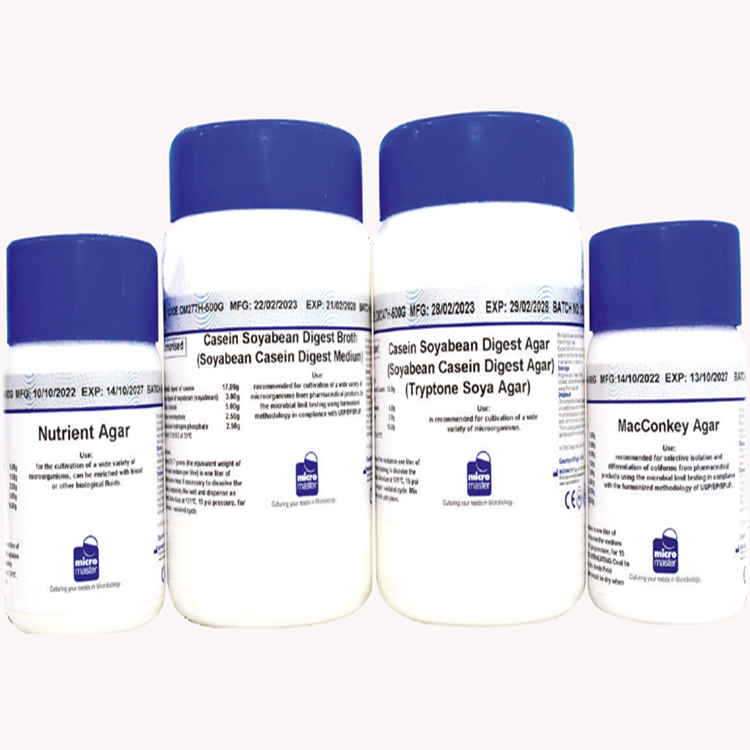


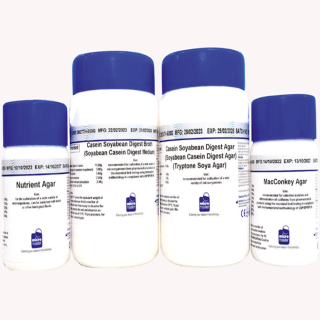

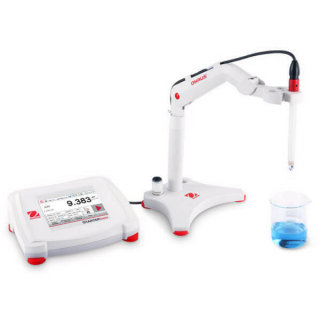
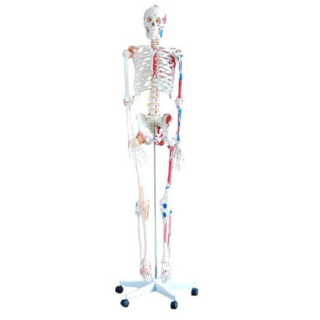
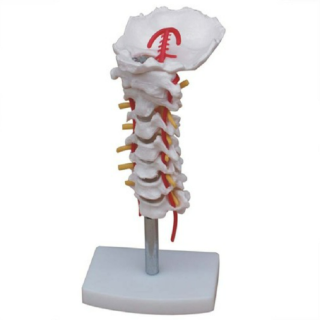

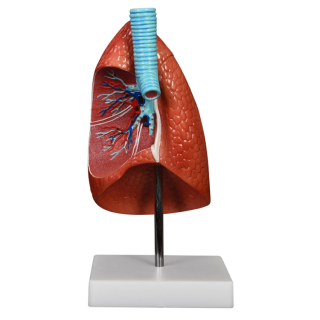
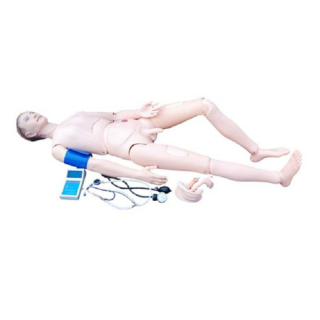
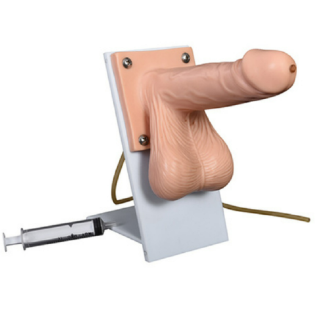
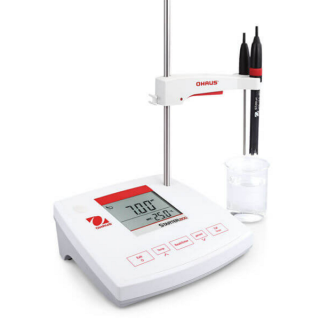
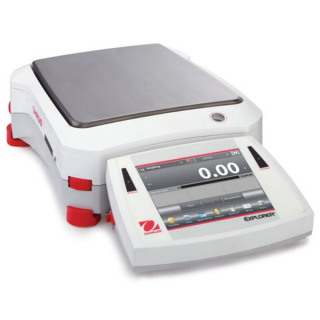
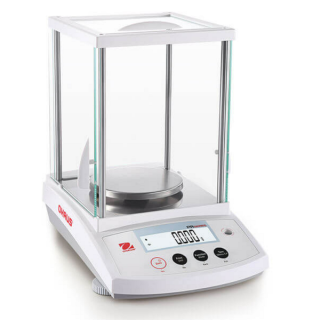
Reviews
There are no reviews yet.